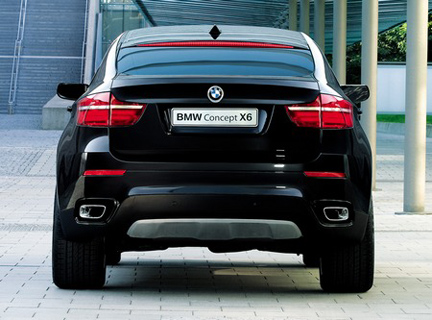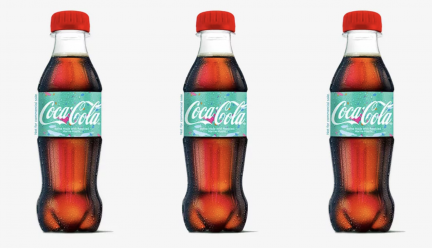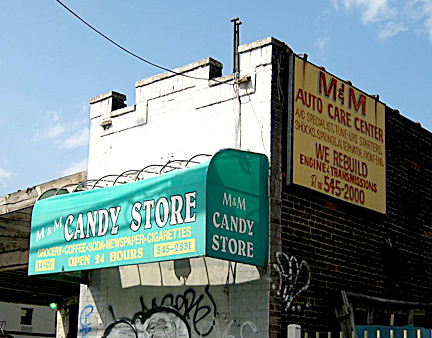
The Future of Beauty Packaging
There are just a few months left of the year (and the decade), and the team at MSLK has been closely watching what has been going on in the beauty industry. Things are moving faster than ever, and when brands spot a trend coming to surface, they need to either move swiftly and hop on or risk the business.

With access to information in a matter of seconds, consumers have been demanding more transparency from all industries, including beauty. For many beauty brands, this has worked for the better and generated sales, causing new brands to also tout this point of view. This overall wave will soon make transparency a standard for beauty brands, transitioning from trend to requirement. This includes transparency in their beauty packaging.
Some trends are fleeting and some come to stay. Keep reading to see what the future of beauty packaging looks like according to MSLK.
1. Storied Plastics
Ocean plastics are hot. Reclaiming plastic that not only has a past life is the ultimate “Reuse” of the 3 R’s, but are these products still ending up back in the landfills and oceans? According to sources, there will be more plastics in the ocean than fish by 2050.
The pressure is on to make sure that recycling programs are used and that packaging is compliant. Legislators across the world are regulating the use of plastic. Giant brands such as Coca-Cola and Pepsico have pledged to cut plastic waste, such as converting to 100% reusable, recyclable, or compostable packaging.
Scientists have gotten creative by developing bioplastics made from algae or other plants as opposed to fossil fuels. Some have even been edible. With these new and innovative ideas, Designboom agrees with us in saying “this effort will become the norm rather than the exception.” Does the future of beauty packaging foresee all plastics having a past life?

“As consumer expectations grow, brands will need to embrace sustainable business practices, especially when it comes to water scarcity and how it will impact product development.” – GCI
2. Refillable Products
Let’s take a look at the past in order to envision the future of packaging. What did people do before plastic was invented and became a part of daily life? The milkman took and refilled your glass milk bottles; dry goods were sold in bulk and filled in cloth bags that were constantly reused. While it is impossible to stop producing plastic overall, single use plastic should become a thing of the past. In fact, National Geographic states that “roughly 40% of the now more than 448 million tons of plastic produced every year is disposable, much of it used as packaging intended to be discarded within minutes after purchase”.

If plastic is still going to be used in packaging, let’s make it last in our homes – not in nature. Getting people to recycle is tough and results in many recyclable plastics not even making it into the recycling system. Brands should be considering refillable packaging. Getting consumers to put forth the effort to refill may sound even harder than recycling, but companies like Loop, MYRO, and Blueland are making it so easy, you don’t even have to leave your home.
Loop was founded by Terracycle to offer a refillable grocery shopping experience for consumers. Done entirely via mail, customers can fill their cart online, receive their goods via UPS, and send the packaging back through UPS when they are ready for a refill. Loop has partnered with dozens of brands big and small to distribute their product in refillable aluminum or glass packaging for everyday use. From Ren skincare to Häagen-Dazs and Clorox, customers can significantly cut back their waste and still use the products they know and love.
Companies like Myro and Blueland have built a brand that specializes in a refillable product. Both the deodorant brand and cleaning product brand send their starter kits direct-to-consumer so that subsequent refill packs can be mailed and used in the already existing components. Myro packages their deodorant refills in 100% recyclable paper and plastic, while Blueland’s refills come as tablets that are dissolved in water.
3. Package Free
Getting rid of packaging altogether seems scary. LUSH opened its first completely package free store, called LUSH Naked, earlier this year. “Lush is recognizing that there is a demand [for package-free products] and they are the first mass market retailer to do that,” explained Emily Salter, associate analyst at GlobalData Retail. The ethically-conscious brand has gradually been removing packaging across all of their products, offering shampoo, conditioner, scrubs, body oil, and more in solid bar form. They proudly share that currently, 35% of their products are packaging-free. Soon, they will be incorporating an ethical POS and “digital packaging” application.
Forbes thinks that “the way that retailers will become plastic-free is through pressure. And that pressure will come from both consumers and competitors.” Seeing the success of LUSH’s commitment to becoming package-free, among other emerging brands, will certainly influence more brands to follow suit, whether it be eliminating packaging or using packaging that is recyclable or reusable. Imagine the future of beauty packaging with no packaging at all!

Interested in learning how to make your own life package free? eco-‘s Guide to Zero Waste covers all the ways you can cut back on waste. Even just using reusable totes for groceries makes a huge difference, but eco- gives a plethora of ideas on how to work towards a zero waste life.
4. Accessibility
Social media has given marginalized groups a way to voice their needs to brands. From representation, inclusivity, and accessibility, brands have finally been making moves to ensure that everyone has access to their product. This not only includes packaging, but in imagery and marketing as well.
In an article for Dazed Beauty, head of communications at disability equality charity Scope – Warren Kirwan, notes the necessity of accessibility: “Disabled people deserve the same chance as everyone else to look and feel good… But inaccessible products, shops, and websites – along with a lack of representation – mean disabled people can end up forgotten by the fashion and beauty industry… Accessible shopping is business-savvy and makes our society more beautiful for everyone.”

Brands are making packaging with braille and more minimal, readable design. The unboxing experience is changing to become generally easier. Cosmetic products are being developed specifically with accessibility in mind.
To hear more of MSLK’s thoughts on accessibility in packaging, click here.
5. “Otherworldly” Aesthetic

For every trend, there’s a counter trend. For those looking to break from all that sustainability, shiny things are a great place to start. There will be no shortage of high-tech moving forward in time, and there will be a big push to splurge for the outrageous.
According to WGSN, “otherworldly aesthetics are emerging for beauty, so create make-up palettes with dark colors that allude to supernatural themes.” In the packaging world, gradients that have the finish of a pearl but are out of this world. While GCI calls this trend “showing your dark side”, and we are also seeing UX designers turn to “Dark Mode” thanks to Apple creating the interface. Instagram was one of the apps that quickly adapted, but more apps and programs may catch onto the cool, dark, mode. While this visual trend may not last long, it sure is pretty.
Are any of these trends as fleeting as a Gen-Z attention span? Or are they going to affect the design and beauty industry as we know it? One thing is for certain: the future of beauty packaging is going to experience a big change.

Learn more about our beauty packaging design services here.

